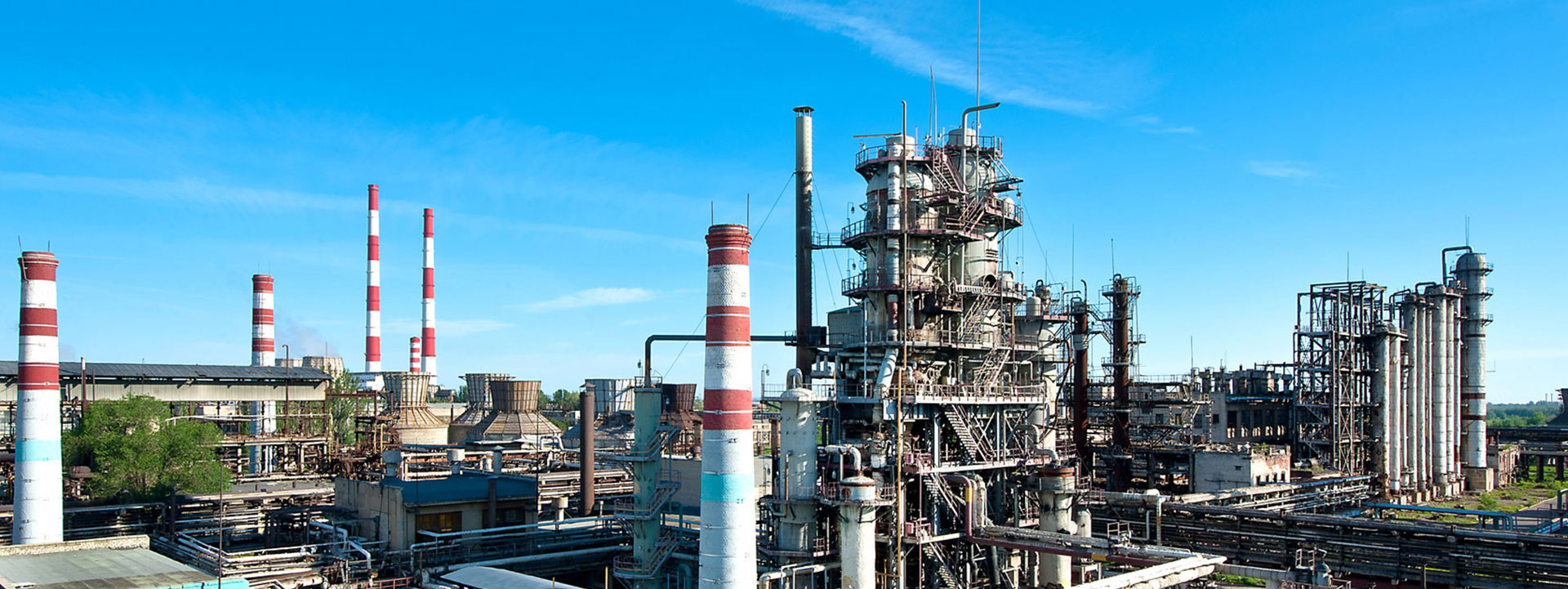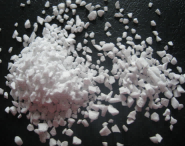What is the production process of sintered tabular corundum?
Sintered tabular corundum is a kind of artificial sintered corundum with the characteristics of high purity, good stability and small reburning shrinkage.
So what are the production processes of sintered tabular corundum? Today, the tabular corundum manufacturer will introduce the production process of
sintered tabular corundum.
Sintered tabular corundum is a pure sintered corundum that shrinks completely without any additives such as MgO and B2O3. It has a coarse crystal and
well-developed α-Al2O3 crystal structure, and the content of Al2O3 is above 99%.
The production process of sintered tabular corundum:
The common production process of sintered tabular corundum is industrial alumina powder-grinding-adding water to form balls-drying-high temperature sintering in a vertical kiln-crushing
and packaging.The firing equipment is a high-temperature vertical kiln, which uses clean energy natural gas as fuel. After firing at 1900~1950℃ in the vertical kiln, the transition phases such as γ-Al2O3 of
industrial alumina powder are converted into the most stable α-Al2O3 phase.
The rapid firing and rapid cooling firing process is adopted. The grain size of sintered tabular corundum is generally within 30~150μm. Due to the rapid cooling, there are a large number of
intracrystalline micropores in the sintered corundum, and most of the pores are nanometer-level. Due to the existence of these closed micropores, the sintered tabular corundum has excellent
thermal shock resistance.
The above is the editor's introduction to the "production process of sintered tabular corundum", I hope it will be helpful to you. If you need sintered tabular corundum products, you can call the
consultation hotline to learn about the order!


 2025-03-25
2025-03-25
 0799-6335986
0799-6335986
 +86-18107991684
+86-18107991684
 yuna@chempacking.cn
yuna@chempacking.cn

 Hmoe
Hmoe